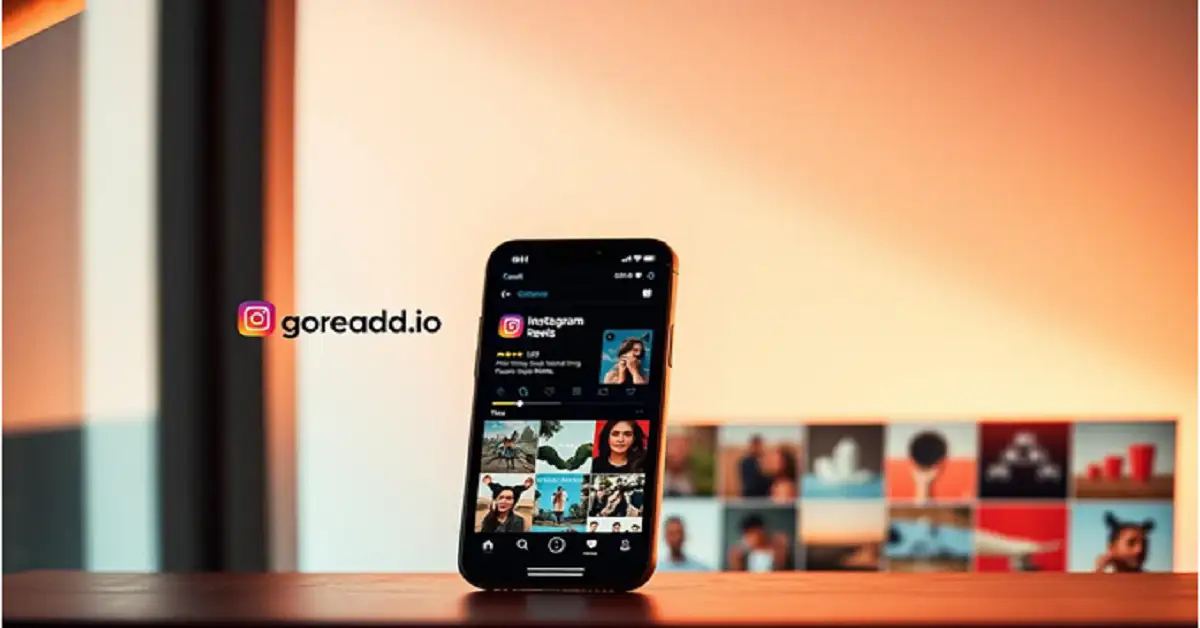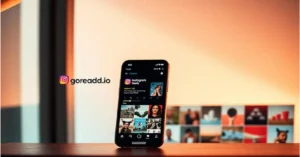The Power of Nudging in User Experience Design
In user experience (UX) design, small changes can lead to big outcomes. One technique that is proving to be highly effective is nudging. This approach guides users toward specific actions without being overt or forceful. By subtly influencing behavior, nudging plays a crucial role in creating better experiences and enhancing key metrics, such as conversions and engagement. In this blog, we’ll explore the role of nudges in user experience and how this powerful technique can be used to optimize your product’s design.
What is Nudging in UX Design?
Nudging refers to making minor adjustments in design that lead users toward desired actions without restricting their freedom of choice. It is grounded in behavioral economics and takes advantage of human cognitive biases. In the context of UX design, nudges aim to subtly steer users in a direction that benefits both them and the business.
The role of nudges in user experience is essential because they help improve user satisfaction and guide users to complete actions, such as signing up, making a purchase, or engaging with new features. Nudges are not about pressuring users but about making it easier for them to make decisions that will benefit their experience.
The Psychology Behind Nudging
Understanding how nudging works requires a look into the psychology behind it. People often make decisions based on cognitive biases rather than through rational analysis. Nudging takes advantage of these biases to subtly influence behavior. Some key principles at play include:
- Anchoring: People tend to rely on the first piece of information they encounter, often leading to a bias in their decision-making process. For example, if the original price of a product is displayed alongside a discounted price, the discount will seem more appealing due to the initial anchor.
- Social Proof: People are more likely to take an action if they see that others have done it. For example, displaying the number of people who have already signed up for a service can encourage new users to do the same.
- Scarcity: When something is perceived to be scarce, its value increases. Indicating limited availability or time-sensitive offers motivates users to act quickly.
By leveraging these principles, designers can create nudges that encourage positive user behavior without forcing decisions.
Common Nudging Techniques in UX Design
Several nudging techniques are frequently used to influence user behavior. Here are some of the most effective ones:
-
Default Options
People often stick with the default settings or options presented to them. Designers can take advantage of this by setting default options that align with the business’s goals. For example, automatically enrolling a user in a subscription service (with the option to opt out) ensures that more people remain subscribed without having to actively choose to do so.
-
Visual Cues
The way elements are visually presented in an interface can guide users toward taking action. A simple change, such as making a “Buy Now” button more prominent, can draw the user’s attention and prompt them to act. Using contrasting colors, larger fonts, or dynamic design elements can nudge users without them consciously realizing it.
-
Framing and Messaging
How you frame your message can impact how it is perceived. For example, describing an offer as “Save 20%” rather than “Spend $80” makes the action feel like a positive gain rather than an expense. Framing the same information in a positive light encourages users to take action.
-
Social Proof
People tend to follow the crowd. By showing that many others have taken a particular action (such as signing up or purchasing a product), you can create a social nudge. A statement like “Over 1,000 people have already signed up” can make users feel more comfortable following suit.
-
Progress Indicators
Humans like to see progress, and providing a clear indication of how much of a task is left can motivate users to complete it. For instance, a progress bar or step-by-step indicator in a form or checkout process encourages users to finish the task, as they can visually track their progress.
-
Urgency and Scarcity
Urgency nudges create a sense of time pressure, motivating users to act quickly. Displaying a countdown timer for a limited-time discount or showing a message like “Only three items left in stock” can prompt users to complete a purchase faster than they might otherwise.
Implementing Nudging in Your Product
For growth marketers, product managers, and startup founders, nudging can be a powerful tool to enhance UX and drive product success. Here are a few ways to integrate nudges into your product design:
-
Optimizing Onboarding
Onboarding is the first interaction users have with your product. Using nudges to guide users through this process can enhance their experience and help them understand the product’s value more quickly. For example, you could introduce features progressively, showing users only what’s necessary at first and offering more options as they become more familiar with the product.
-
Encouraging Feature Adoption
When you roll out new features, nudges can help drive adoption. By highlighting new features through tooltips, banners, or notifications, you can prompt users to explore and engage with them. A simple nudge can be the difference between a feature being overlooked and it becoming a vital part of the user experience.
-
Simplifying the Conversion Funnel
The conversion funnel is a critical point where nudging can make a significant impact. Using nudges, such as auto-filled forms, limited-time offers, or easy-to-access payment options, can make it easier for users to complete actions, like signing up, subscribing, or making a purchase.
-
Real-Time Personalization
By tracking user behavior and personalizing their experience in real-time, you can deliver nudges tailored to their specific needs. For example, if a user frequently views a particular product, you could show them related items or offer a discount on that product to encourage them to make a purchase.
Ethical Considerations in Nudging
While nudging can improve user experience and drive business results, it’s essential to use it ethically. Here are some considerations:
- Transparency: Users should understand the rationale behind the placement of specific design elements. For example, if a user is being nudged toward a subscription, it’s essential to provide clear information about pricing and cancellation options.
- Respecting Autonomy: Nudging should not limit a user’s ability to make their own decisions. The goal is to guide users, not force them into choices they don’t want to make.
- Avoiding Manipulation: Nudging should be used to benefit the user, not to trick or manipulate them into making decisions that aren’t in their best interest.
Measuring the Impact of Nudging
To ensure your nudging techniques are effective, it’s essential to measure their impact. Here are some methods for tracking performance:
- A/B Testing: Test different versions of a design to see which one yields better results. For instance, you can test various default options, messages, or layouts to find the most effective nudge.
- Behavioral Analytics: Monitor how users interact with your product. Changes in behavior, like improved conversion rates or increased engagement, can be attributed to successful nudging.
- User Feedback: Collect qualitative feedback to understand how users perceive the nudges. This can provide insights into whether the nudges are well-received or if they need refinement.
Conclusion
Nudging plays a significant role in shaping user behavior and optimizing the user experience (UX). When applied correctly, nudges can improve user experience, increase conversions, and enhance engagement. For startups and growth-driven companies, nudging is a powerful tool for improving user satisfaction and driving key metrics.
If you want to enhance your product’s UX design and take nudging to the next level, platforms like Nudge can help. Nudge uses AI-powered personalization to automate UX decisions, ensuring real-time, tailored experiences for every user. With tools like low-code integration and real-time analytics, Nudge helps you improve your product’s user experience and create memorable interactions that truly connect with your audience.
Book a demo with Nudge and harness the power of nudging to create intuitive, engaging, and personalized user experiences.













